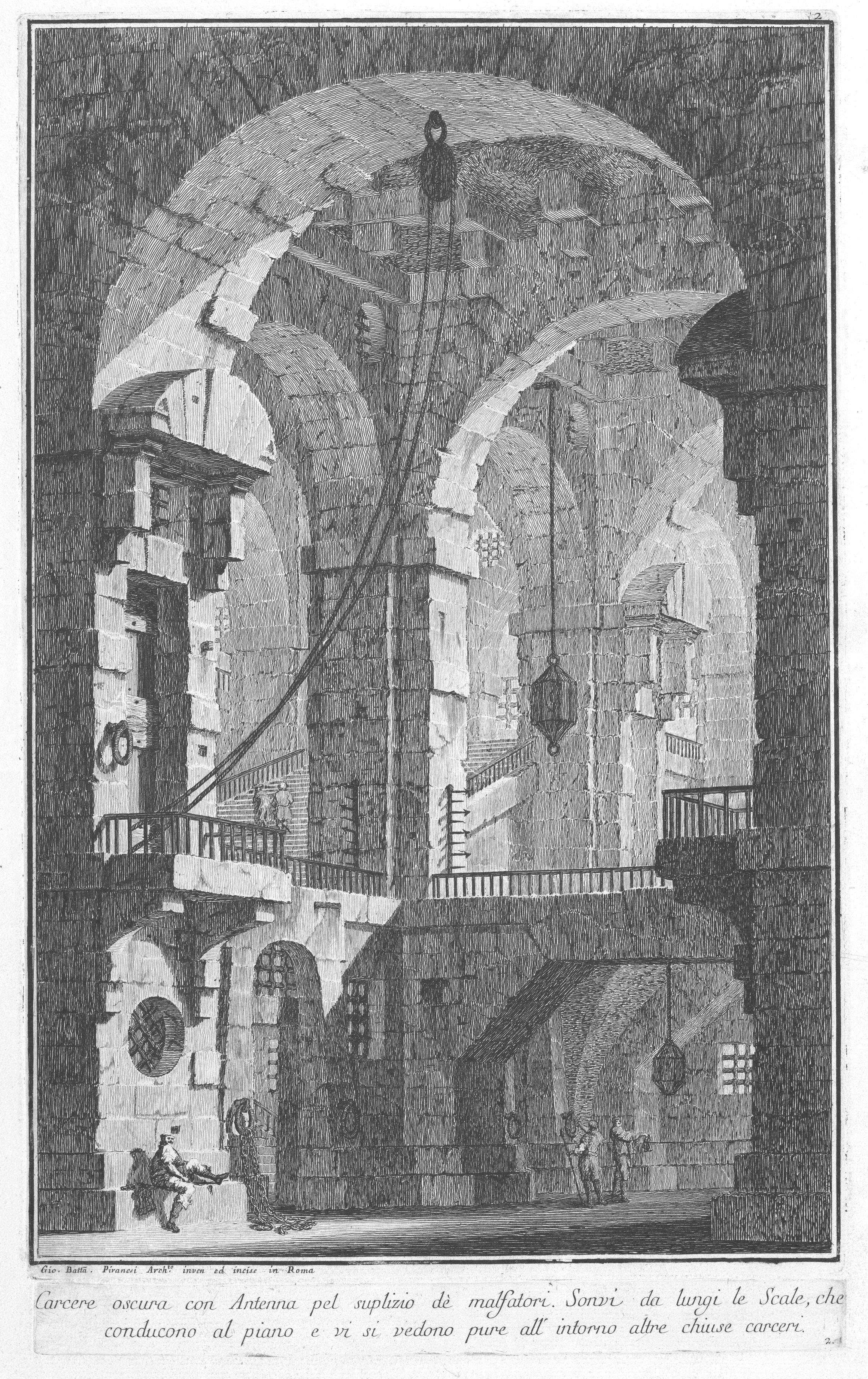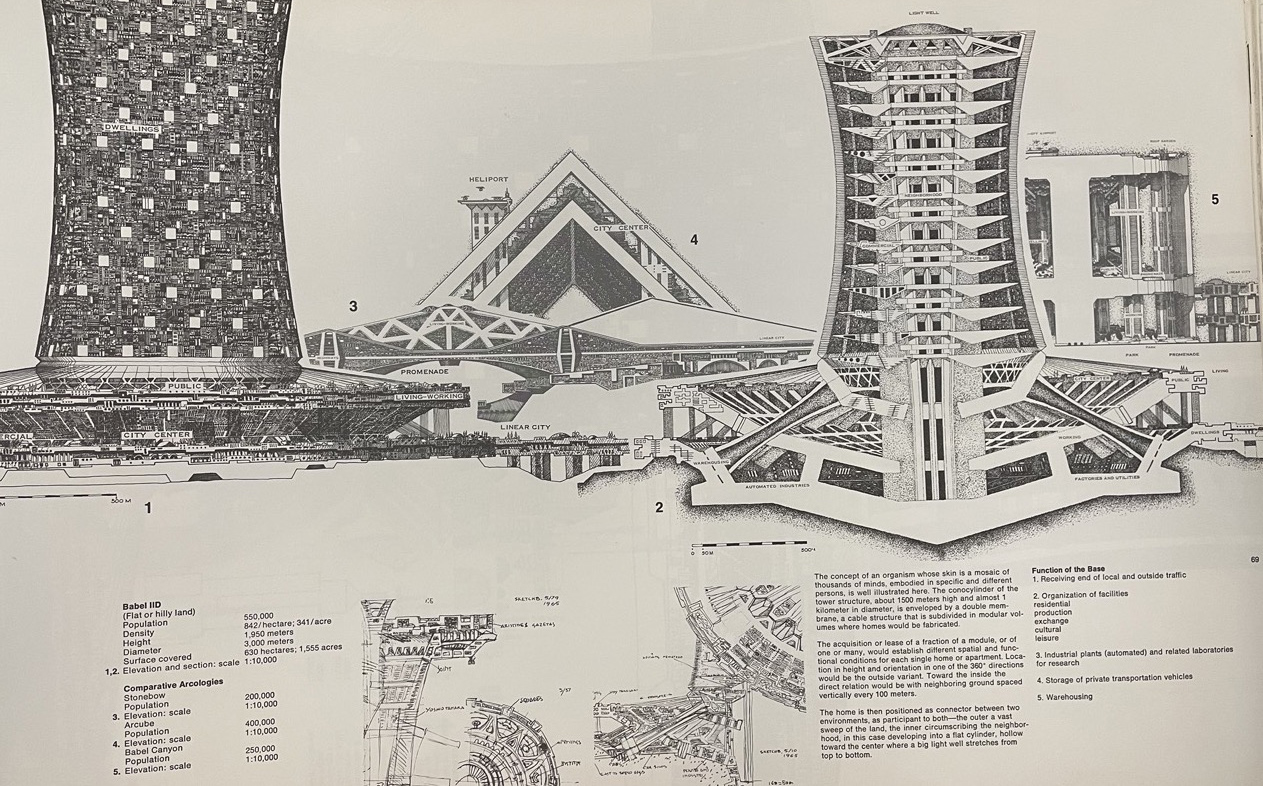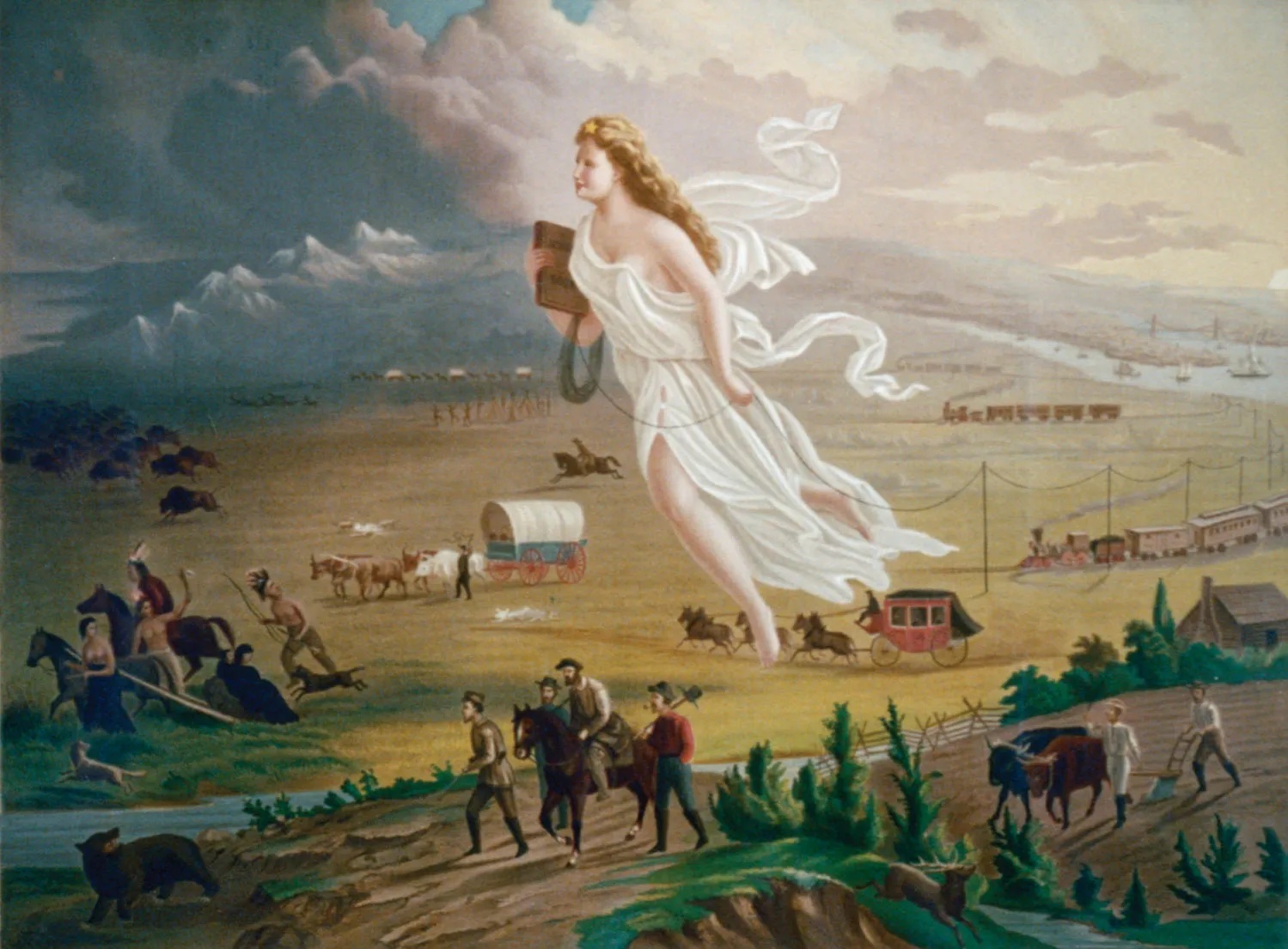My thesis project is about historical and future imaginaries, played out in a game substrate (a web-based game environment I call Grotto.)
I’ve identified three modes of gameplay that have been helpful to me while finding the thematic focus of the game. Grotto itself doesn’t include all these kinds of gameplay (I don’t have the technical resources to create a game in the “Arcology Mode”), but I’m finding ways to address each one in the three gallery shows I have leading up to my thesis.
The Dungeon
The dungeon is a familiar setting in fantasy fiction, and a seminal backdrop for computer games. Many of the first computer games were “dungeon crawls.” The history of their creation is intertwined with the early history of computing, as well as with the extensive cultural and political baggage of fantasy as a genre.
 Giovanni Battista Piranesi, Dark prison with a courtyard for the punishment of criminals . . .(Carcere oscura con Antenna pel suplizio dè malfatori . . .), 1749-1750, etching (Metropolitan Museum of Art)
Giovanni Battista Piranesi, Dark prison with a courtyard for the punishment of criminals . . .(Carcere oscura con Antenna pel suplizio dè malfatori . . .), 1749-1750, etching (Metropolitan Museum of Art)
In a typical dungeon game the player explores an occluded-view map of a subterranean labyrinth that is filled-in as they traverse it. In my thesis game project Grotto, the dungeon represents an occluded past, constructed from oral histories and genealogical data, but held together with fantasy and folklore beyond the horizon where records run out. My experience of constructing a family history is filled with contradictions, secrets, and omissions (termed ‘data silences’ in the field of Digital Humanities). I have traversed history as I would a dungeon game. The dungeon is an obscured, non-functional, imagined structure that seems to descend forever into darkness–at once a mine, prison, ossuary and vault. In my game Grotto I have constructed a dungeon using my own family tree data as its structure, as a family of termites might create an expansively growing network of tunnels in wood– an architecture secreted from biology that flows from the domestic space into the common waters of all human history.
The Arcology
Videogames can make ideologies ‘disappear’ into the rules of their worlds, but they can also challenge the foundations of what we assume to be implicit. The SimCity series of games (Maxis), for example, incorporates specific rules for which of its in-game urban arrangements will be successful–reconfiguring those assumptions is not possible through gameplay. In contrast, the fantasy simulation game Dwarf Fortress allows for an unusual amount of freedom in reconfiguring its simulated societies of dwarves by virtue of the unprecedented level of granularity included in its simulation. As I will show later, the level of detail and modularity of the game elements of Dwarf Fortress foreground notions of value and labor often treated as implicit in other simulation games.
The game-self experienced by the players of these two games is also very different. in the SimCity series the player acts as an unseen mayor or developer whose power over the environment is bounded only by economic resources. In Dwarf Fortress the player is similarly disembodied, but the level of agency is held in check by the will of the resident dwarves that make up the simulated society. They cannot be compelled to work if their basic individual needs are not met.
Arcology, a portmanteau term that consists of the words “architecture” and “ecology,” was coined in 1969 by artist-architect Paolo Soleri (1919-2013) to refer to his designs for enclosed-structure megacities. In an era where the borders between art and architecture seemed to blur in a flurry of visionary megastructure ideas by designers like Archigram and Buckminster Fuller, Soleri’s work stood out– A unique feature of Soleri’s conception of arcology is that the communities he envisioned were not meant to be proscriptive or utopian. Rather, they are laboratories for finding solutions for negotiating the tensions between the environment and the humans living within it.
 Image from Arcology- City imn the Image of Man, By Paolo Soleri
Image from Arcology- City imn the Image of Man, By Paolo Soleri
Just as the Dungeon Mode is an exploration of the past, the Arcology Mode is a simulation of a future that remains unfinished. Arcology games are case studies in the distribution of power, enshrining assumptions about the efficacy of its consolidation or demonstrating the nuances of its distribution. As emblematic projections of possible futures, arcologies push us to consider disaster. They help us imagine new ‘selves’ that could be capable of building a better (or at least different) world.
Just as the dungeon represents a view of the past, the Arcology Mode represents a view of the future, connecting games of building with the laboratory of futuristic visionary architecture. Arcology games are a case study in distributions of power, enshrining assumptions about the efficacy of consolidating power or demonstrating the nuances of its distribution. As an emblem of possible futures, arcologies push us to consider disaster and help us imagine new ‘selves’ that could be capable of building a better (or at least different) world.
The Frontier
Frederick Jackson Turner’s (1861-1932) famous Frontier thesis, presented in the seminal essay “The Significance of the Frontier in American History” (1893), posits that the existence of an open frontier played a crucial role in shaping American democracy and individualism. It has been criticized by historians such as Greg Grandin. As a concept the frontier has continued its expansion past the edges of the maps-of-empire into new outlands of space, virtual reality, the internet, and digital games. It continues a utopian-libertarian project that envisions an individual freedom-from-restraint with demonstrably disastrous after effects for society. Frontier is the territory of ‘open world’ games like Minecraft, where resource extraction without consequence, an expanding homestead, and siege defense are all major aspects of play. It offers a perspective where violence is directed out at an ‘other’ with no expectation of consequences, and where individuals act as unbounded conquerors. In my conceptual framework, The Frontier is the scene of historic crimes. It is perpetually within our present– outside of time, rationalized by an imagined past and in the service of an imagined future. The frontier creates an ever-expanding dungeon gravesite with the promise of leading to an always-deferred future arcology.

American Progress, chromolithograph print, c. 1873, after an 1872 painting of the same title by John Gast.